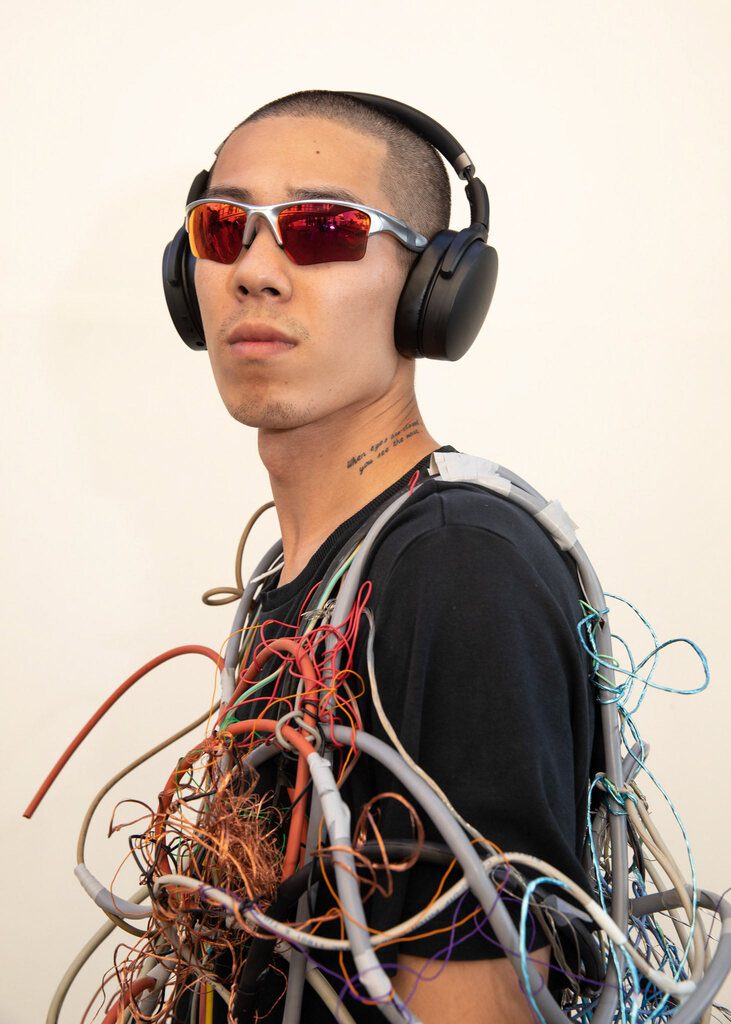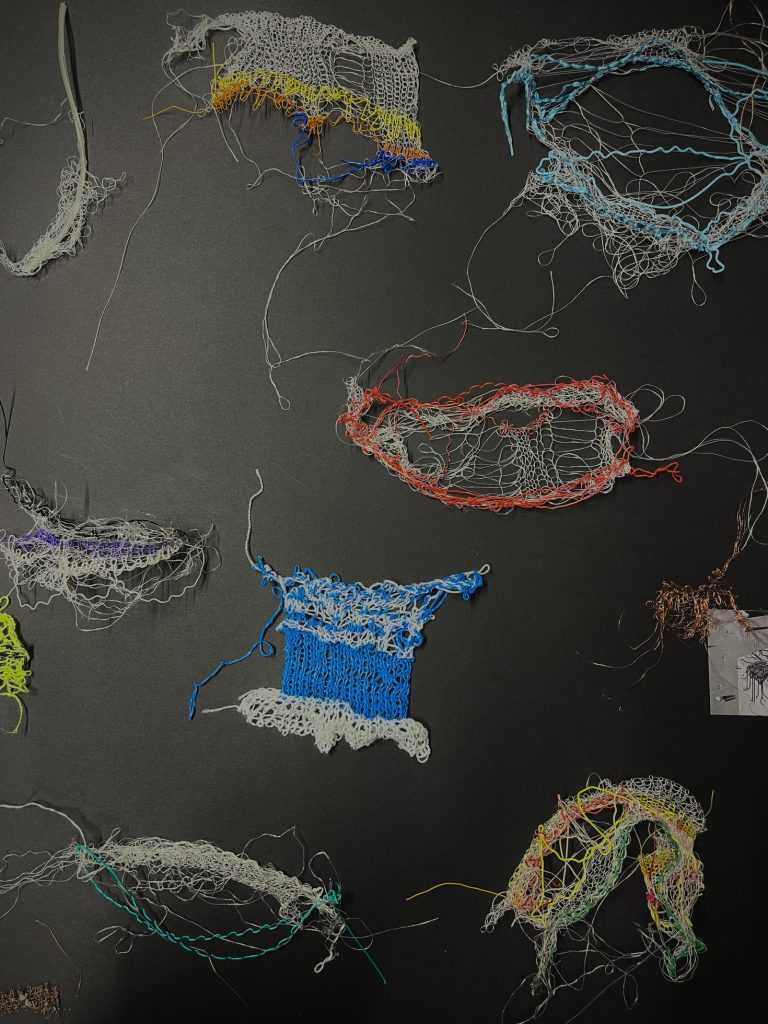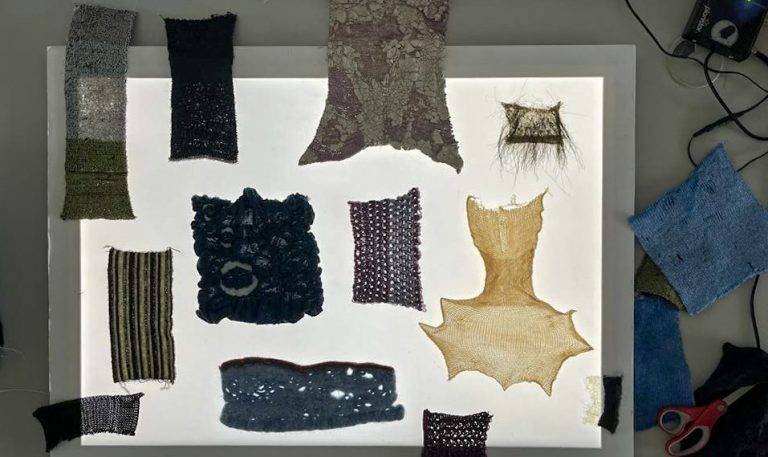goujirou stands at the intersection of critical thinking in fashion, art, and culture. Having earned his Bachelor’s degree in Fashion and Technology, he navigates the creative landscape with a keen eye for both analysis and expression. goujirou’s journey embodies a relentless pursuit of artistic evolution. Join us as we delve into the depths of his interdisciplinary practice, exploring the myriad influences and aspirations that shape his creative vision.
hube: In your interdisciplinary approach, how do you balance critical thinking with creative expression in your artistic projects
goujirou: Critical thinking goes hand in hand with creative expression since it lays the foundation for innovative ideas. Finding the delicate balance between analysing concepts critically while still allowing some freedom for exploration. I try to stay open-minded and curious and constantly question conventions to ensure my work maintains both depth and innovation.
h: What was the most difficult piece to work on? What was the most exciting part about it?
g: Frankly, I would love to tell you more about my graduation project but the problem is that it is still in development and unfinished, so I would rather talk about a project I did in the first semester. The aim of the project was to learn about the concept of ‘’volume’. It was going for a timespan of a month during Coronavirus. At first, I tried to do a huge origami dress but the folding drove me crazy… After 2-3 weeks it was time to switch up the material. Luckily, my university has a small storage of sponsored materials and there was this one material which caught my attention: green sponge on one side and black felt on the other. Somehow, I felt a connection to the green sponge but hated the black side. So without any concept, I started cutting the textile into long strings — because I thought I could work better with many decent-sized rectangles.
Because of the virus, we had a short time slot to enter the university and needed to work at home most of the time. So back home, I tried to layer the rectangles around the body, trying to generate volume. After some time, I was convinced it was nearly finished and brought it back to the university since 2 days were left until the final presentation. The last day was actually reserved for the finishing but when I arrived there, I was in shock. The piece was laying on the floor and was ‘completely f*cked’. I totally forgot about the concept of gravity and balance as a freshman in his first semester — it was way too heavy to hold on to the body. This moment was remarkable for my future studies. This was the first time I was highly pressured and devastated because I needed to start from the beginning. My body switched to autopilot and I was just in the flow and everything that happened afterwards was only because of my intuition. So in less than 24 hours, I created one of my favourite silhouettes ever and by looking back to it, I am quite happy about that incident.
h: how did your participation in the Fashion Frontier Program 2023 and the ISPO Masterclass 2023 contribute to your artistic development, and what key insights did you gain from these experiences?
g: I am so grateful about joining those competitions/programmes. There were many valuable inputs and lectures but the most important point for me was to connect with the other participants. Being chosen besides all those highly talented people with diverse backgrounds spread all over the world is an honour and privilege. Since we all are chasing the same dream to make the world a better place, we inspire each other and grow together. Seeing different perspectives is so important in today’s time, especially if you are still a student and only get feedback from the same people over and over. Even now, I am still in contact with many of them and friendships grew out of this. We keep supporting each other.



